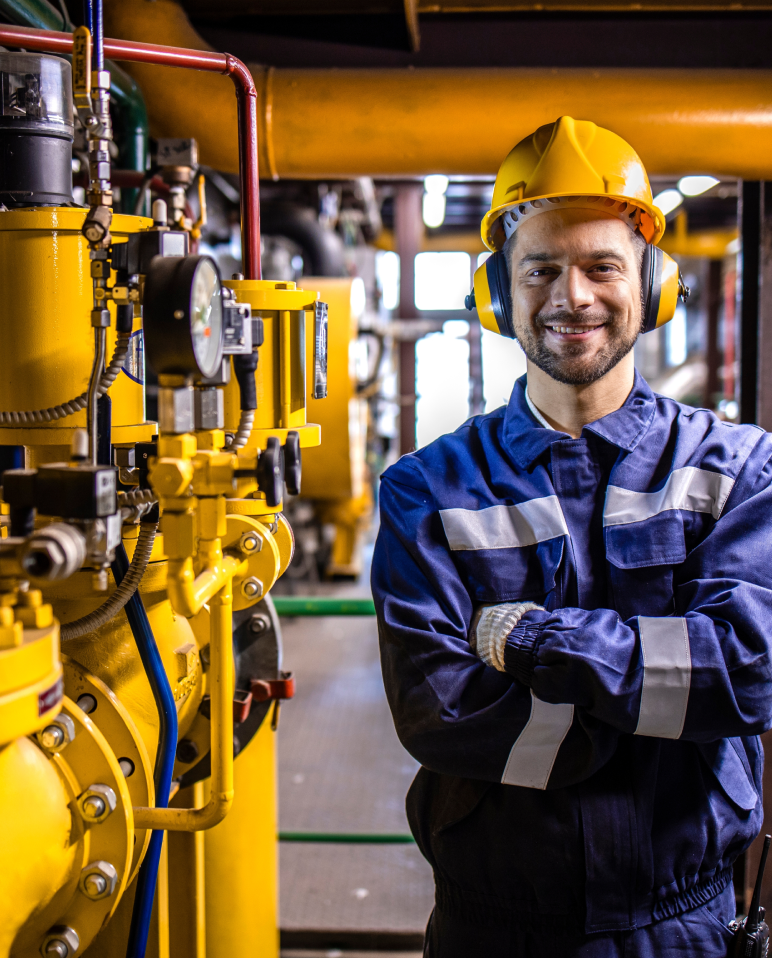8 Simple Techniques For Roar Solutions
8 Simple Techniques For Roar Solutions
Blog Article
Roar Solutions for Dummies
Table of ContentsNot known Facts About Roar SolutionsThe Basic Principles Of Roar Solutions Roar Solutions Fundamentals Explained
In order to secure setups from a possible surge an approach of analysing and identifying a potentially hazardous location is needed. The objective of this is to ensure the right option and installation of equipment to ultimately avoid an explosion and to make certain safety and security of life.
(https://roarsolutions.bandcamp.com/album/roar-solutions)
No devices should be set up where the surface temperature of the tools is above the ignition temperature level of the provided threat. Below are some usual dust harmful and their minimum ignition temperature. Coal Dirt 380C 225C Polythene 420C (melts) Methyl Cellulose 420C 320C Starch 460C 435C Flour 490C 340C Sugar 490C 460C Grain Dust 510C 300C Phenolic Material 530C > 450C Aluminium 590C > 450C PVC 700C > 450C Residue 810C 570C The chance of the risk being present in a focus high sufficient to cause an ignition will certainly differ from location to place.
In order to categorize this risk an installment is split into locations of risk relying on the amount of time the hazardous is existing. These areas are described as Areas. For gases and vapours and dusts and fibers there are 3 areas. Zone 0 Area 20 A harmful environment is extremely most likely to be present and might exist for extended periods of time (> 1000 hours per year) or also continually Area 1 Zone 21 A hazardous atmosphere is feasible but unlikely to be existing for extended periods of time (> 10 450 C [842 F] A classification of T6 implies the minimal ignition temperature level is > 85 C [185 F] Dangerous area electric tools perhaps created for usage in greater ambient temperature levels. This would showed on the ranking plate e.g. EExe II C T3 Ta + 60C( This means at 60C ambient T3 will not be surpassed) T1 T1, T2, T3, T4, T5, T6 T2 T2, T3, T4, T5, T6 T3 T3, T4, T5, T6 T4 T4, T5, T6 T5 T5, T6 T6 T6 A T Course score of T1 indicates the maximum surface area temperature produced by the tool at 40 C is 450 C. Thinking the associated T Course and Temperature rating for the devices are suitable for the area, you can constantly utilize an instrument with a more rigorous Division rating than required for the location. There isn't a clear solution to this concern. It actually does rely on the kind of devices and what repair work need to be lugged out. Equipment with particular test procedures that can not be carried out in the field in order to achieve/maintain third event ranking. Should return to the factory if it is prior to the tools's service. Field Repair By Authorised Worker: Complex screening may not be required nonetheless details procedures may need to be followed in order for the equipment to maintain its 3rd party rating. Authorised employees must be utilized to execute the job correctly Repair work should be a like for like replacement. New element should be taken into consideration as a straight replacement calling for no unique screening of the tools after the repair is full. Each piece of equipment with a dangerous score should be assessed independently. These are described at a high degree listed below, however for even more here are the findings detailed information, please refer directly to the guidelines.
Our Roar Solutions Ideas
The devices register is an extensive data source of devices records that includes a minimum set of fields to recognize each product's location, technological specifications, Ex category, age, and environmental data. The ratio of In-depth to Close examinations will certainly be figured out by the Devices Danger, which is analyzed based on ignition danger (the probability of a source of ignition versus the likelihood of a flammable atmosphere )and the harmful area classification
( Zone 0Area 1, or 2). Executing a durable Risk-Based Examination( RBI )approach is vital for ensuring conformity and safety in taking care of Electric Devices in Hazardous Areas( EEHA).
How Roar Solutions can Save You Time, Stress, and Money.

In regards to eruptive danger, a hazardous area is an atmosphere in which an eruptive atmosphere exists (or might be anticipated to be existing) in quantities that require special precautions for the construction, installation and usage of tools. Roar Training Solutions. In this post we discover the obstacles dealt with in the office, the danger control measures, and the needed expertises to work safely
It issues of contemporary life that we manufacture, store or manage a variety of gases or fluids that are deemed flammable, and a series of dusts that are regarded combustible. These compounds can, in certain problems, form eruptive atmospheres and these can have significant and awful effects. The majority of us know with the fire triangle get rid of any kind of one of the three aspects and the fire can not happen, but what does this mean in the context of harmful locations? When damaging this down into its most basic terms it is essentially: a mix of a particular amount of launch or leakage of a particular compound or product, blending with ambient oxygen, and the visibility of a source of ignition.
In the majority of circumstances, we can do little concerning the levels of oxygen airborne, however we can have substantial influence on sources of ignition, for instance electrical devices. Hazardous areas are recorded on the hazardous area category drawing and are identified on-site by the triangular "EX-SPOUSE" indication. Right here, among other crucial details, areas are divided into three kinds depending upon the threat, the probability and duration that an eruptive ambience will certainly exist; Zone 0 or 20 is considered one of the most hazardous and Area 2 or 22 is deemed the least.
Report this page